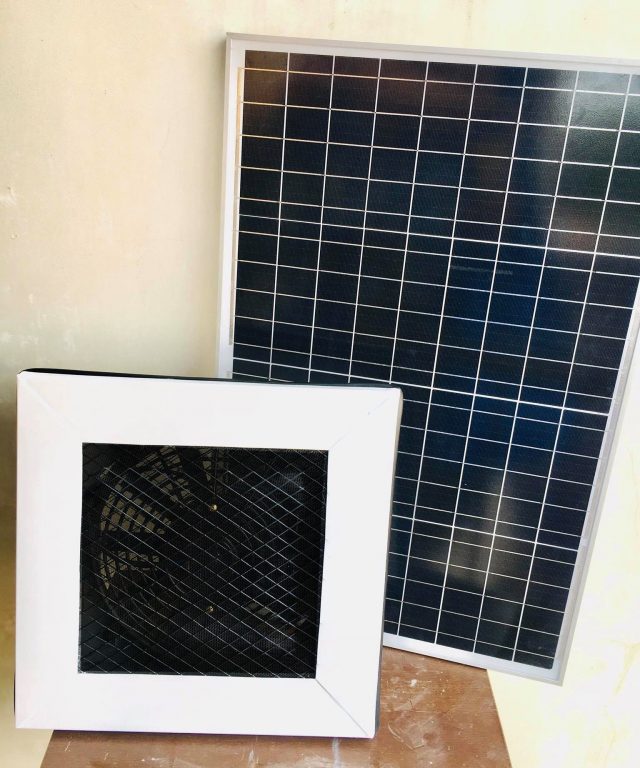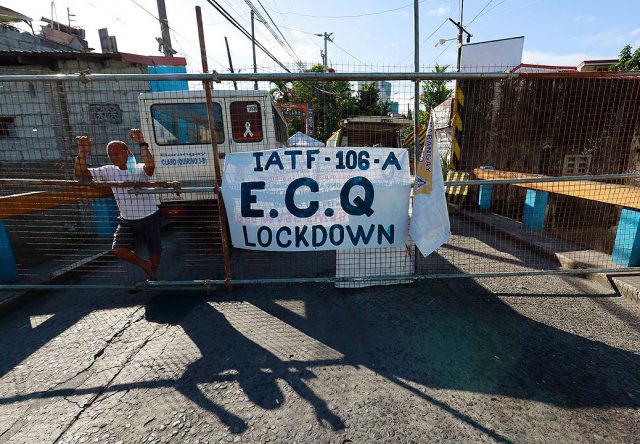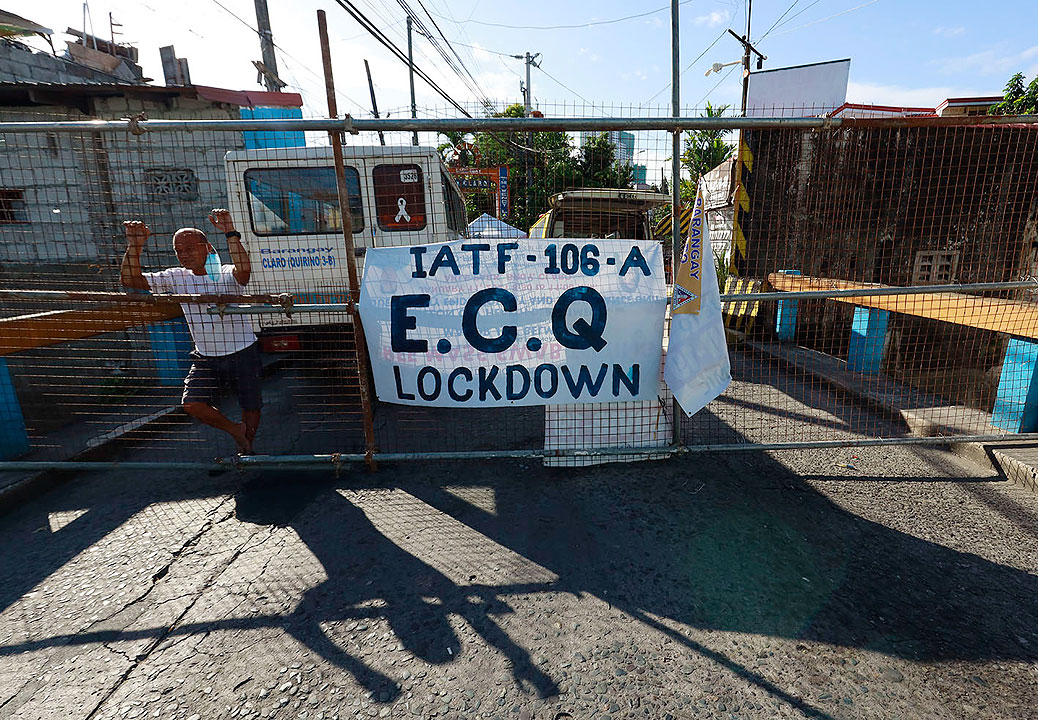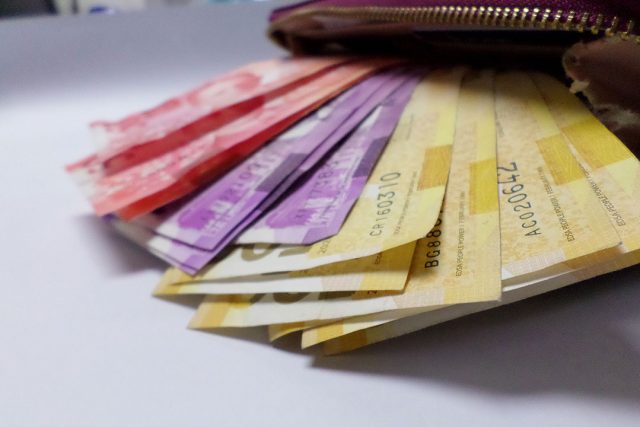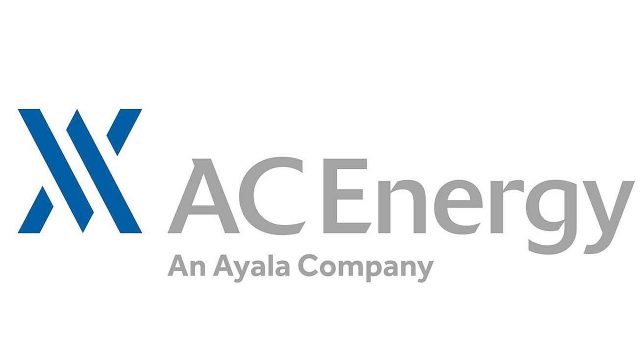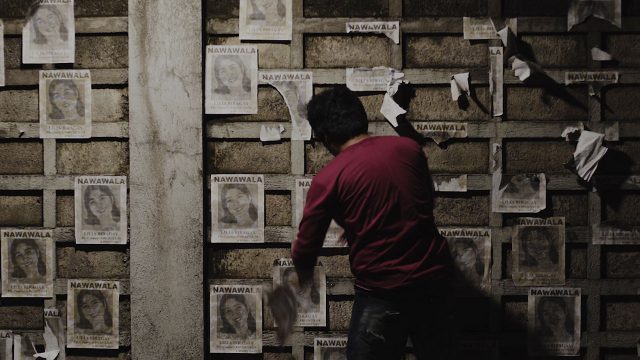Student-led startup develops solar-powered ventilation system
By Brontë H. Lacsamana
The idea for Cleenvent — an automated ventilation system that placed second out of 500 ideas this June at a student pitching competition in Indonesia — was born last year in a jeep, on a hot day in Metro Manila.
Raven R. Anot, a mechanical engineering student at Technological Institute of the Philippines (TIP), wanted to make his commute via public transportation more comfortable. Why not develop a solar-powered ventilation system, he thought, for his jeepney rides.
And why stop at jeeps when there was a pressing need for good ventilation in indoor spaces due to the coronavirus pandemic, which is transmitted through droplets suspended in air.
His invention would use radiation from the sun to create a better air environment, lower temperatures, monitor humidity levels, increase air circulation indoors.
Unlike the usual exhaust fans found in kitchens and restrooms, the product can be installed on either walls or ceilings with zero operating costs due to its flexible design, said Mr. Anot.
It comes with its own solar panels, in line with the sustainable development goal (SDG) of providing access to clean and affordable energy, as a way to introduce solar power to those who can’t afford full solar panel installation at home.
Finally, its magnetic screen filter, which collects dust and small particles from the air, can be detached and easily cleaned, doing away with the need for air ducts to be built into the wall or ceiling like usual exhaust fans, he added.
CHASING EUREKA MOMENTS
The Cleenvent team — composed of students, alumni, and industry partners brought together through TIP’s incubation arm Nurture Innovation Technology Revolution Office (TIP-NITRO) — improved Mr. Anot’s ventilation system based on feedback from seven homes, where the product was pilot-tested from May to July, and from the 2021 Youthpreneur in Action pitching competition in Indonesia.
“Doon ako nae-excite, yung parang moments na meron kang natututunang bago rin, yung mga eureka moments, sabi nga nila [That’s what excites me, those moments that I also learn something new, which they call eureka moments],” Mr. Anot said, crediting Shearyl U. Arenas, another engineer on the team and his technopreneurship professor, for encouraging him to pursue his passion.
While Cleenvent is in phase one of its operations and still working on patents for recent innovations, that startup has already received residential and commercial pre-orders.
“The response of the general public to our Facebook posts was overwhelming,” said Irene A. Banguilan, chief marketing officer of Cleenvent. “We are trying our best to meet the demand because we get questions every hour, so it [validates] this young generation’s ideas that are very timely.”
THE PURSUIT FOR CLEAN AIR
With the coronavirus pandemic making health a priority, people are looking for cost-effective solutions for removing mold, dust, allergens, and other pollutants from indoor air environments, according to Ms. Banguilan.
“Here in Manila, if you want to breathe natural air, you need to go to places with many trees which we can’t usually access these days. With Cleenvent, the air can be purified naturally,” she added.
There are, however, caveats. The Department of Health “does not endorse the use of necklace air purifiers that claim to kill bacteria or viruses, or protect from COVID-19.” The health agency also emphasized that these personal accessories do not replace practicing minimum health standards.
Likewise, Dr. Gregorio Ocampo of Makati Medical Center’s (MMC) section of pulmonary medicine cautioned the public against air-purifying products in a statement this July: “Be careful of air purifiers that may produce ozone, which can damage the lungs when inhaled. It can cause coughing, throat irritation, shortness of breath, and chest pain even in low amounts.”
Before rushing out to buy an air purifier, consumers should check the size of the room, as most air purifiers have specifications for this, the doctor reminded.
If used properly, air purifiers can alleviate allergic reactions and asthma symptoms, and adding anti-COVID-19 defense mechanisms at home is always a welcome response to the ongoing pandemic, according to MMC.
But, added Dr. Joseph Buensalido, of MMC’s section of infectious diseases, products like air purifiers (and UVC lamps) should only be part of a multi-faceted approach in fighting the virus.

